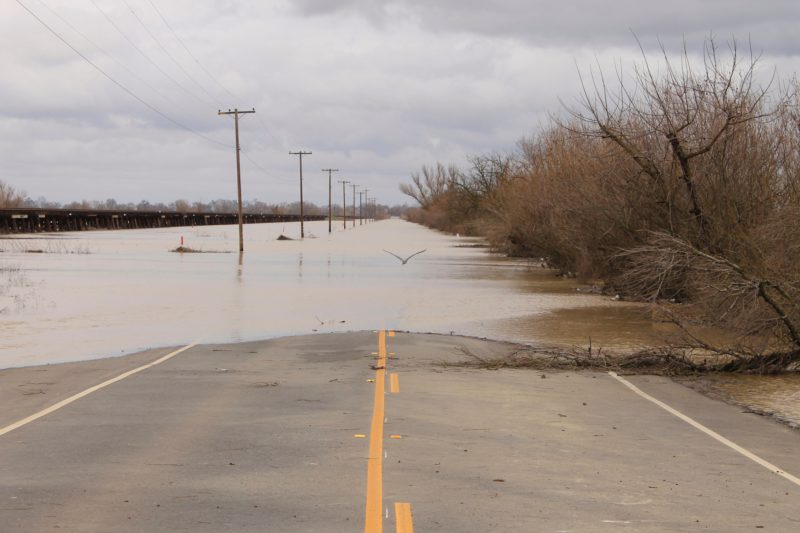“Preparation through education is less costly than learning through tragedy.” — Max Mayfield, Director National Hurricane Center
Whether or not you were impacted by the destruction caused by any of the recent natural disasters, it’s easy to be left feeling hopeless and thinking, “What can I possibly do to help?”
My intention in writing this article was originally to compile a list of resources and anecdotes citing different ways in which to employ one’s resources and talents in order to help in the wake of a crisis. Things like signing petitions, donating funds and joining a humanitarian organization.
Although each of these actions are essential to crisis relief, while consulting with Professor Sharp at the Oregon State University Humanitarian Engineering program our conversation quickly shifted from “What can be done to help?” to “What can be done to mitigate similar instances of suffering in the future?”
When disaster strikes, timing is essential. Lives can be saved and destruction minimized if action can be taken quickly. One thing that we established in our conversation was that having infrastructure in place with an established communication system drastically cuts down on the amount of time it takes to react in an emergency.
Professor Sharp cited the Student Volunteer Army in Christchurch, New Zealand as a program whose preparedness helped them to react efficiently and appropriately when the crisis struck. The Student Volunteer Army was originally founded in the days following the 2010 Canterbury earthquake, which caused widespread damage throughout the area, particularly in Christchurch. Students responded to the disaster by forming a Facebook event that organized clean-up and support efforts.
Although the disaster passed, the students organized a club, the Student Volunteer Army, to volunteer in their community and to be on standby in case another disaster struck.
This infrastructure was essential when, six months later, another earthquake struck Christchurch, this time more violently than the first. The group and associates were able to deploy thousands of volunteers to help in crisis relief. Their “objective was to increase the efficiency of agencies providing a service; for example delivering chemical toilets and information pamphlets, laying sandbags, staffing data entry and manning call centers.” The group, at peak performance, totaled 13,000 volunteers per week, were a highly visible, effective, and praised component in Christchurch’s recovery process.
The Student Volunteer Army serves as a great model of an extremely efficient infrastructure with an ability to react quickly when the community requires help the most. It’s a model that should be emulated elsewhere to facilitate quick reactions when disaster strikes.
While reacting to a crisis by donating money and talents is essential, the crisis response process can be improved. Implementing long-term standby programs whose priority is crisis preparedness and a response plan specific to the area has been proven to be effective.







Leave A Comment